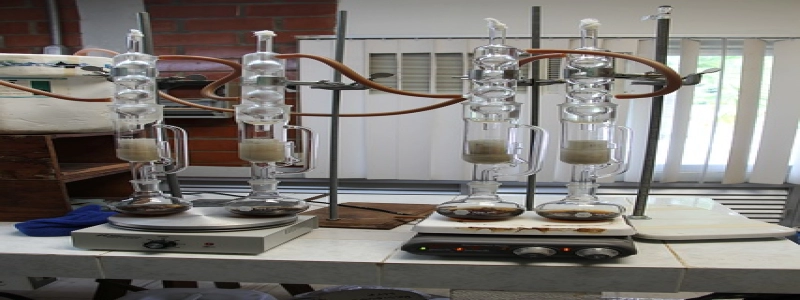Type of Fiber Optic Connectors
Introduction
Fiber optic connectors are crucial components in the field of telecommunications and data transmission. They allow optical fibers to be easily connected and disconnected, ensuring optimum performance and reliability. This article will explore different types of fiber optic connectors and their characteristics.
Single-Mode Connectors
Single-mode connectors are specifically designed for single-mode fibers, which have a smaller core diameter and allow for longer transmission distances. The most commonly used single-mode connector is the SC (Subscriber Connector) connector, characterized by its square shape and push-pull latching mechanism. Another widely adopted single-mode connector is the LC (Lucent Connector), known for its compact size and its use in high-density applications.
Multi-Mode Connectors
Multi-mode connectors are used with multi-mode fibers, which have a larger core diameter and are ideal for shorter distances. One of the most popular multi-mode connectors is the ST (Straight Tip) connector, featuring a bayonet twist-lock coupling mechanism. It is often used in local area network (LAN) environments. Another common multi-mode connector is the MT-RJ (Mechanical Transfer Registered Jack), known for its small form factor and duplex capability.
MPO/MTP Connectors
MPO/MTP connectors are used for high-density applications, such as data centers or high-speed networks. They feature a multi-fiber design, allowing multiple fibers to be terminated in a single connector. MPO connectors have a rectangular shape and use a push-pull latching mechanism, while MTP connectors are an improved version that uses a more precise alignment mechanism. MPO/MTP connectors provide quick and efficient installation, reducing the time and effort required for fiber network deployments.
Fiber Optic Connector Polishing Types
In addition to connector types, the polishing style of the fiber optic connectors also plays a crucial role in ensuring optimum performance. The two most common polishing types are UPC (Ultra Physical Contact) and APC (Angled Physical Contact). UPC connectors feature a flat end-face, providing low insertion loss and return loss. APC connectors, on the other hand, have an angled end-face, minimizing back reflections and improving signal strength.
Conclusion
Fiber optic connectors are essential components for connecting optical fibers in telecommunication and data transmission systems. Single-mode connectors, such as SC and LC connectors, are suitable for longer transmission distances. Multi-mode connectors, such as ST and MT-RJ connectors, are ideal for shorter distances. MPO/MTP connectors are used in high-density applications, providing quick and efficient installation. Different polishing types, such as UPC and APC, offer specific advantages depending on the application requirements. Choosing the right type of fiber optic connector and polishing style is crucial to ensure optimal performance and reliability in fiber optic networks.








